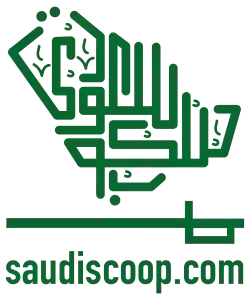Riyadh: On Thursday, Saudi Arabia’s Heritage Commission announced two discoveries at archaeological sites in the Farasan Islands. The archaeological sites lie 40 kilometers away from Jazan city.
Excavation works by a joint Saudi-French team of the University of Paris resulted in several architectural finds and artifacts dating from the 2nd and 3rd centuries.
Recommended: 500-Year-Old Fortress Discovered In Jeddah
The excavations were part of the commission’s scientific efforts in surveying and excavating heritage sites in Saudi Arabia and preserving them as a cultural and economic resource.
The scientific team found rare pieces of Roman folded armor made of copper ingots and an armor known as “Lorica Squamata.” Lorica Squamata was common during the Roman era between the 1st and 3rd centuries AD.
In addition, the team discovered an inscription of garnet for “Genos,” a famous Roman figure in the Eastern Roman Empire, and the head of a small stone statue.
Recommended: Masmak Fortress – A jewel of Saudi Arabia’s landmarks
A Saudi-French team surveyed Farasan Island in 2005 and identified locations of archaeological interest before work began on the island in 2011.
Other explorations between 2011 and 2020 yielded several archaeological discoveries dating back to 1400 BC. Farasan Island exploration has contributed to several archaeological discoveries.
These discoveries give deep insights into the role of the historic ports in the southern part of the Kingdom and their role in controlling the Red Sea trade and the ancient marine routes.
Recommended: Exploring The Beautiful Cities Of Al Namas And Tanomah
The archaeological discoveries also highlight the depth of civil life on the Farasan Islands, Saudi Arabia’s importance, and its strategic location as a hub of various civilizations.
The Heritage Commission continues its efforts to administrate the cultural heritage and protect and maintain cultural sites.
It also benefits these sites with sustainable development through accurate, broad-based local and international partnerships.
DISCLAIMER: The images/videos/logos showcased on this page are the property of their respective owners. We provide credit and sources wherever possible. However, If you find that your image/video is displayed on this blog without authorization, please contact us with the relevant details and a link to the image, and we will promptly address your concerns.




